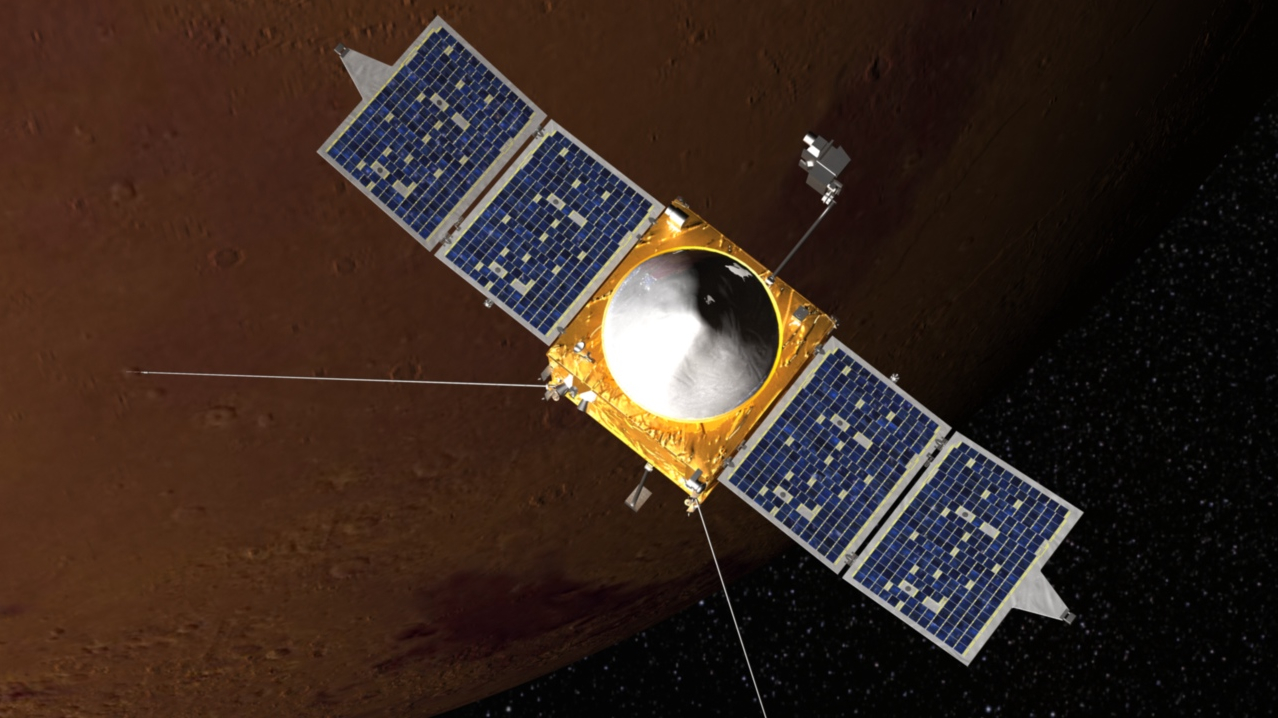In March 2016 NASA’s InSight Mars lander is scheduled to blast off. “InSight: short for (Interior Exploration using Seismic Investigations, Geodesy and Heat Transport) is a NASA Discovery Program mission that will place a single geophysical lander on Mars to study its deep interior.

InSight will launch from Vandenberg Air Force Base, California, in March 2016 and land on Mars Sept. 28, 2016.
Mars enthusiasts around the world can participate in NASA’s journey to Mars by adding their names to a silicon microchip headed to the Red Planet aboard NASA’s InSight Mars lander.
“Our next step in the journey to Mars is another fantastic mission to the surface,” said Jim Green, director of planetary science at NASA Headquarters in Washington. “By participating in this opportunity to send your name aboard InSight to the Red Planet, you’re showing that you’re part of that journey and the future of space exploration.”
Submissions will be accepted until Sept. 8. To send your name to Mars aboard InSight, go to:
http://mars.nasa.gov/participate/send-your-name/insight/




